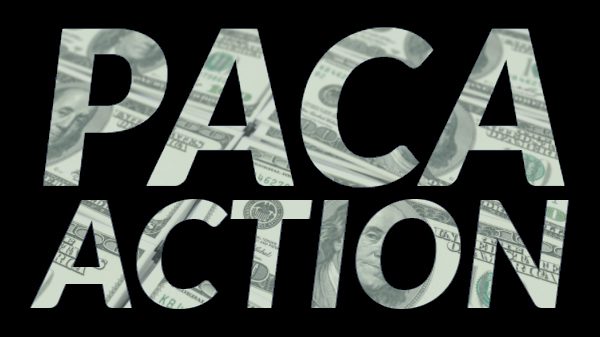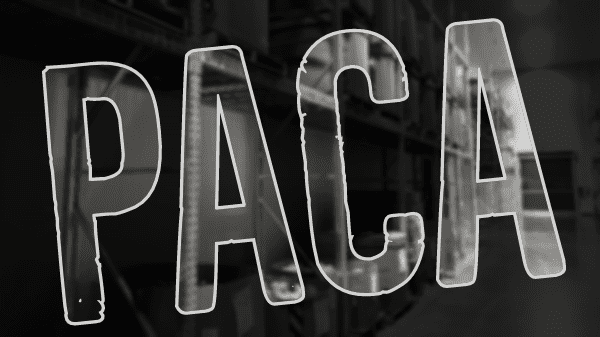Welcome to Blue Book!
Are you ready to join the thousands of companies who rely on Blue Book to drive smarter decisions? View our plans and get started today!
Still have questions? We’d love to show you what Blue Book can do for you. Drop us a line– we’ve been waiting for you.
The merger of Safeway and Albertsons pushed discussion of mergers and acquisitions (M&A) to the forefront of the produce industry. The resulting consolidation of retail banners has already had a significant impact—yet understanding why this is taking place, and the consequences, bear careful observation.
Begining in the mid- to late 1990s, there was a substantial increase in the number of “high profile” mergers, such as Kroger (which acquired Fred Meyer, Dillons, Ralphs, Harris Teeter, Smith’s, King Soopers, Fry’s, and Food 4 Less), Safeway (Randalls, Tom Thumb, Dominick’s, Genuardi’s, and Von’s), Albertson’s (Acme, Jewel/Osco, Lucky, Shaws, Star Markets), Ahold (Giant, Stop and Shop, Ukrop’s, BI-LO, Tops, Bruno’s), and Delhaize (Food Lion, Hannaford).
What drove this “merger mania”? Walmart! When it became apparent that Walmart was eating up significant market share in the retail grocery segment due to the rapid growth of supercenters, traditional supermarket chains defended their position by acquiring smaller, regional chain stores. This, in turn, impacted produce suppliers who believed such consolidation at the retail level gave more “power” to fewer people.
Intuitively, this makes sense because it follows the ‘bigger is better” principle. The more produce a buyer can buy, the cheaper it must be, right? Oddly enough, this does not hold true in produce. One can certainly argue that buying a straight load of an item at a better price is more advantageous than purchasing a pallet. But what about 500 loads? A grower-shipper maximizes returns through a blend of customers. And because of the fragmentation of suppliers in the produce industry, producers give careful consideration to how much product they will sell to a single customer. So if “buying power” was not the major consequence of M&A, what is?
Look again at the acquired retailers listed above. What do they have in common? They were all privately held. So the most signifcant change in the retail supermarket industry was a transition from regional, privately-held companies to national, publicly-held companies—and this has impacted the produce industry in many ways.
The produce industry is largely made up of privately-held companies, mostly family-owned, so you have a clash of two very different cultures. In a publicly-held company, the pressure always comes from creating shareholder value. So what changes have we seen?
First, gross margin: as comparable store sales flattened out, public companies had to increase margins to leverage expenses, so driving sales was subjugated to enhancing gross margin. Second, corporate reputation became the focus: sustainability, local purchases, health and wellness, feeding the hungry, free trade, organic, and GMOs all became the center of senior management attention to avoid negative press by special interest groups that could have a dilutive effect on earnings.
Next, there was no visible industry leadership. Historically, names like Bob Backovich, Harold Alston, Tony Misasi, Dick Spezzano, and Bob DiPiazza were “household names” in the produce industry. They chaired trade associations, their opinion on industry issues set national agendas, and they spoke for their respective companies on important issues. In today’s publicly-held companies, Public Affairs departments put a clamp on anything the Vice President of Produce might have to say—leaving trade associations with a leadership void when trying to accomplish national priorities in the produce industry.




